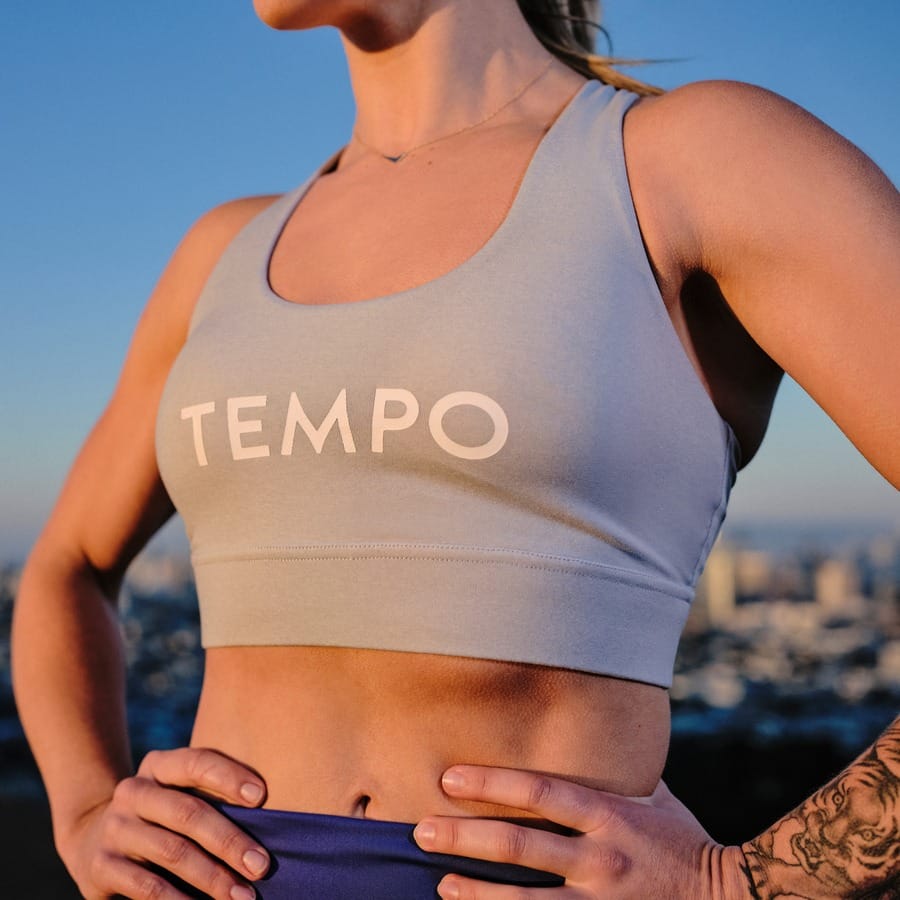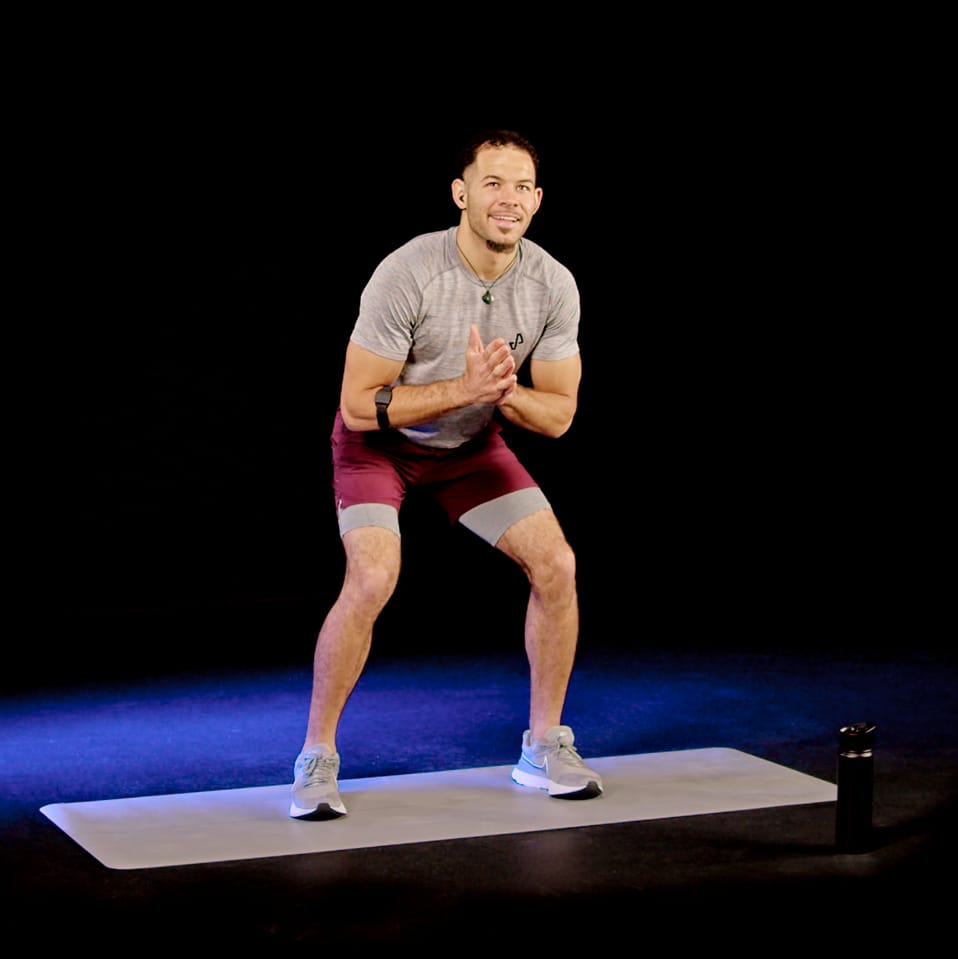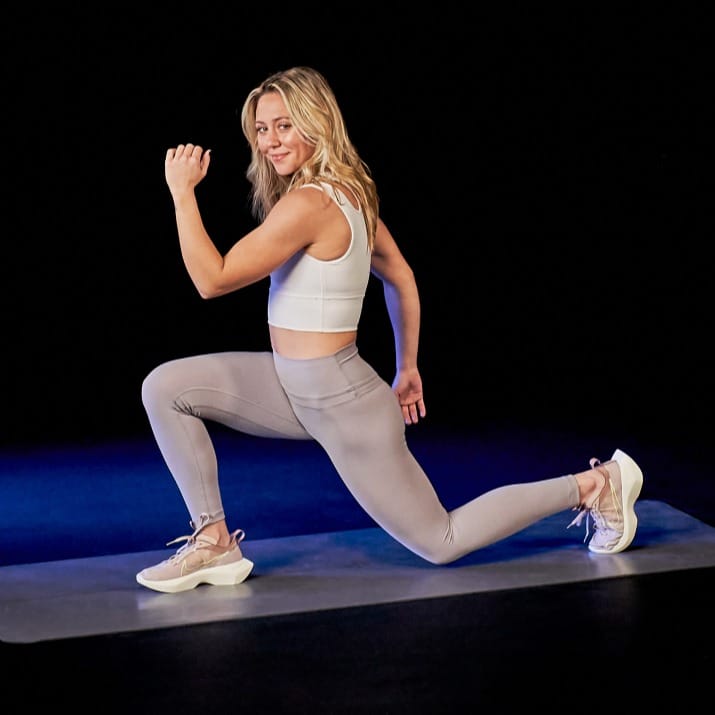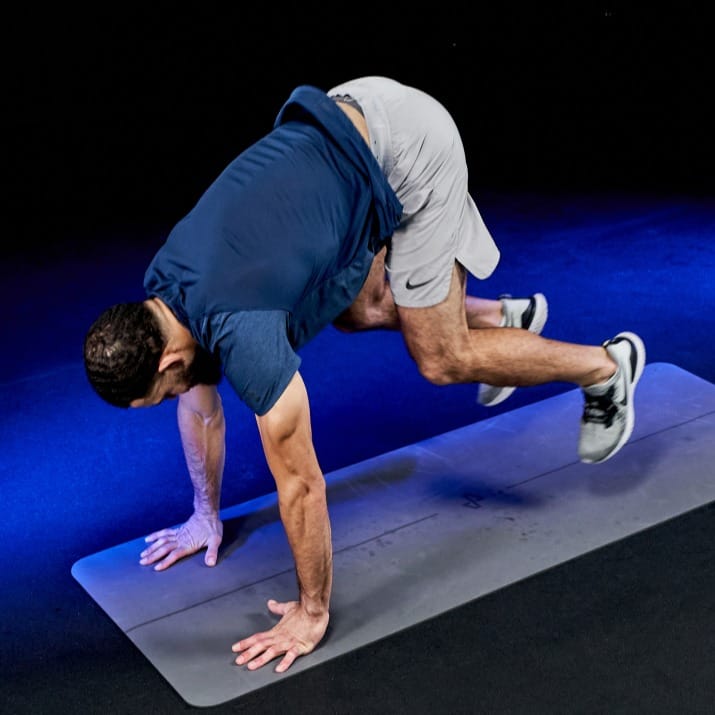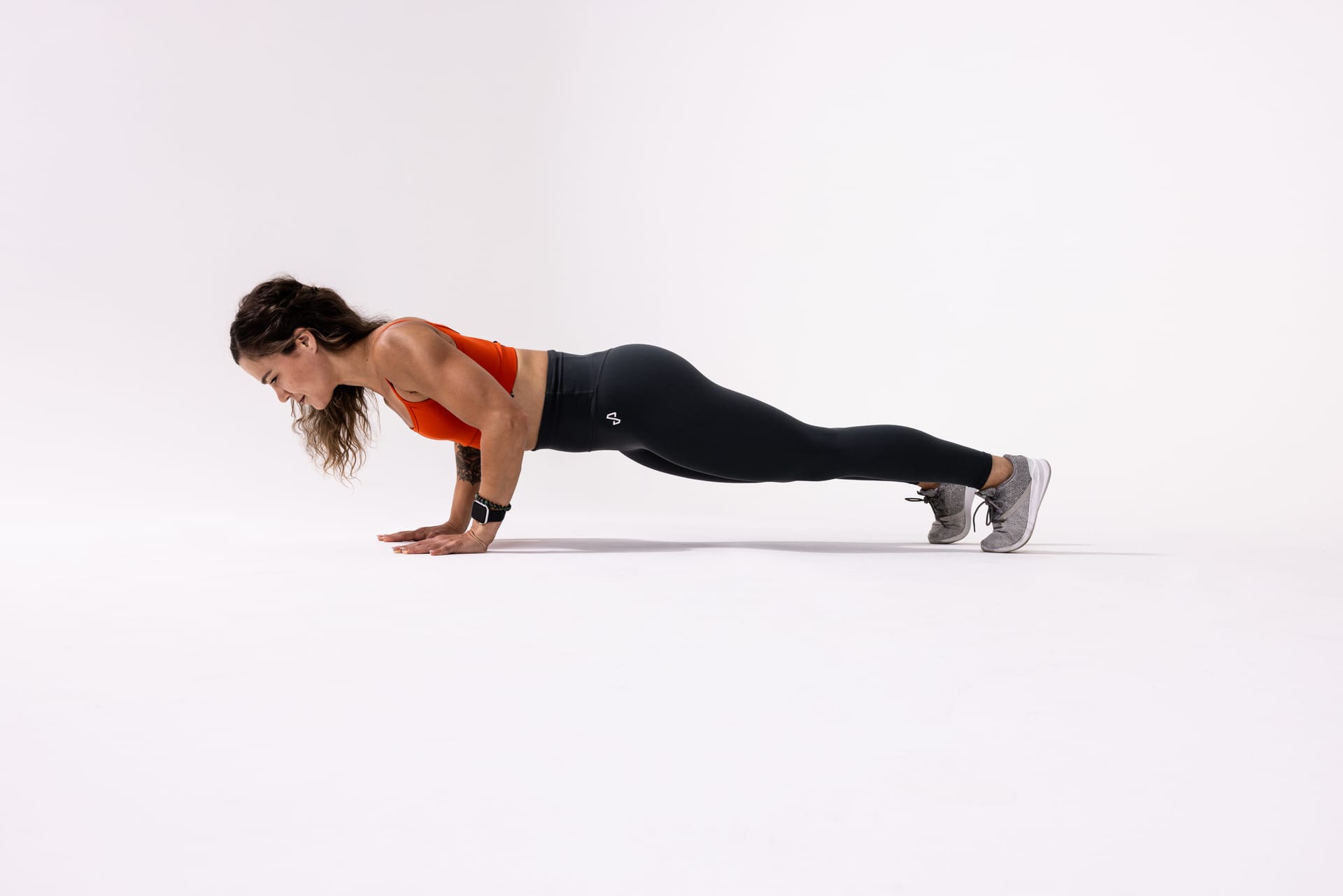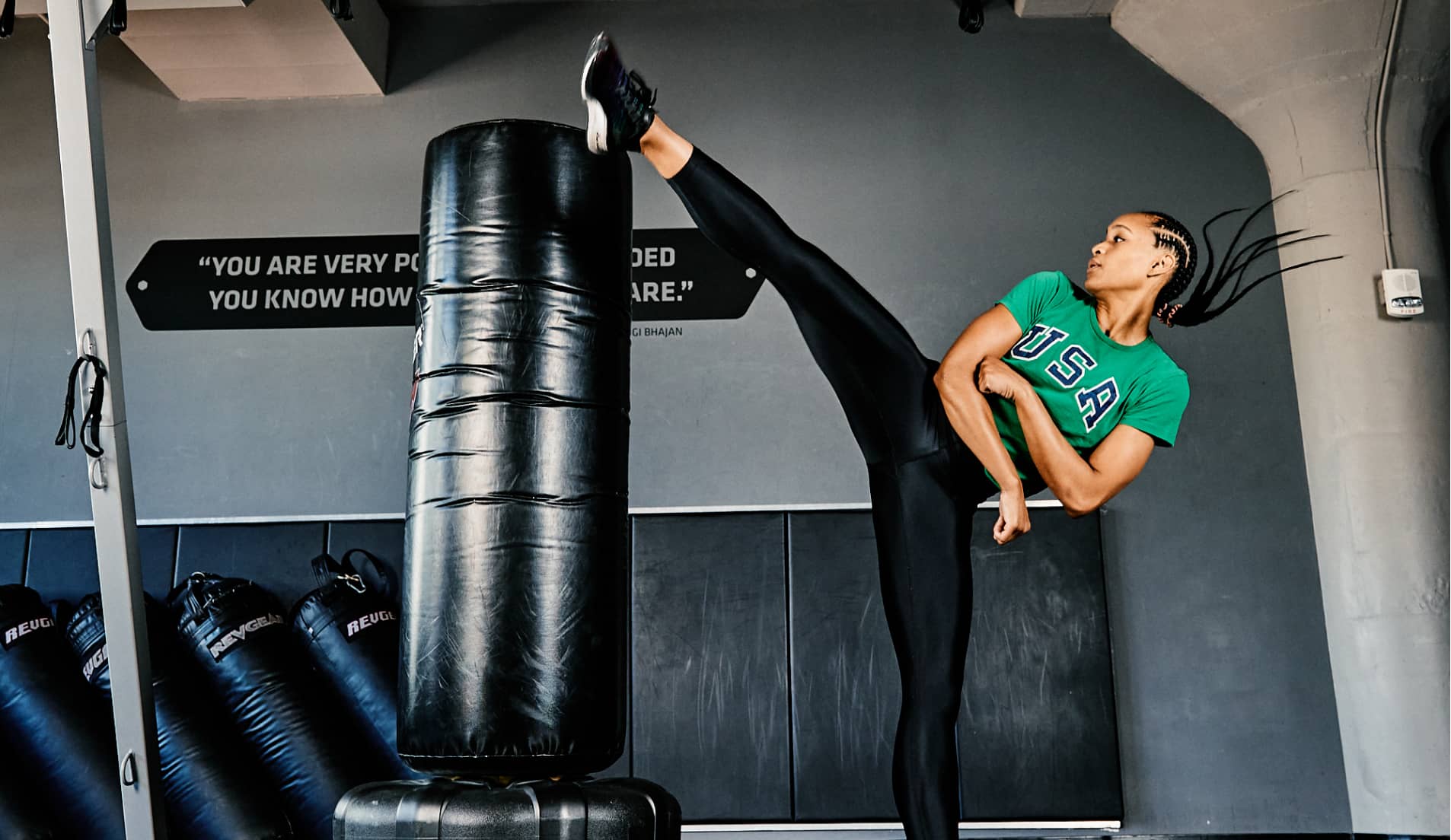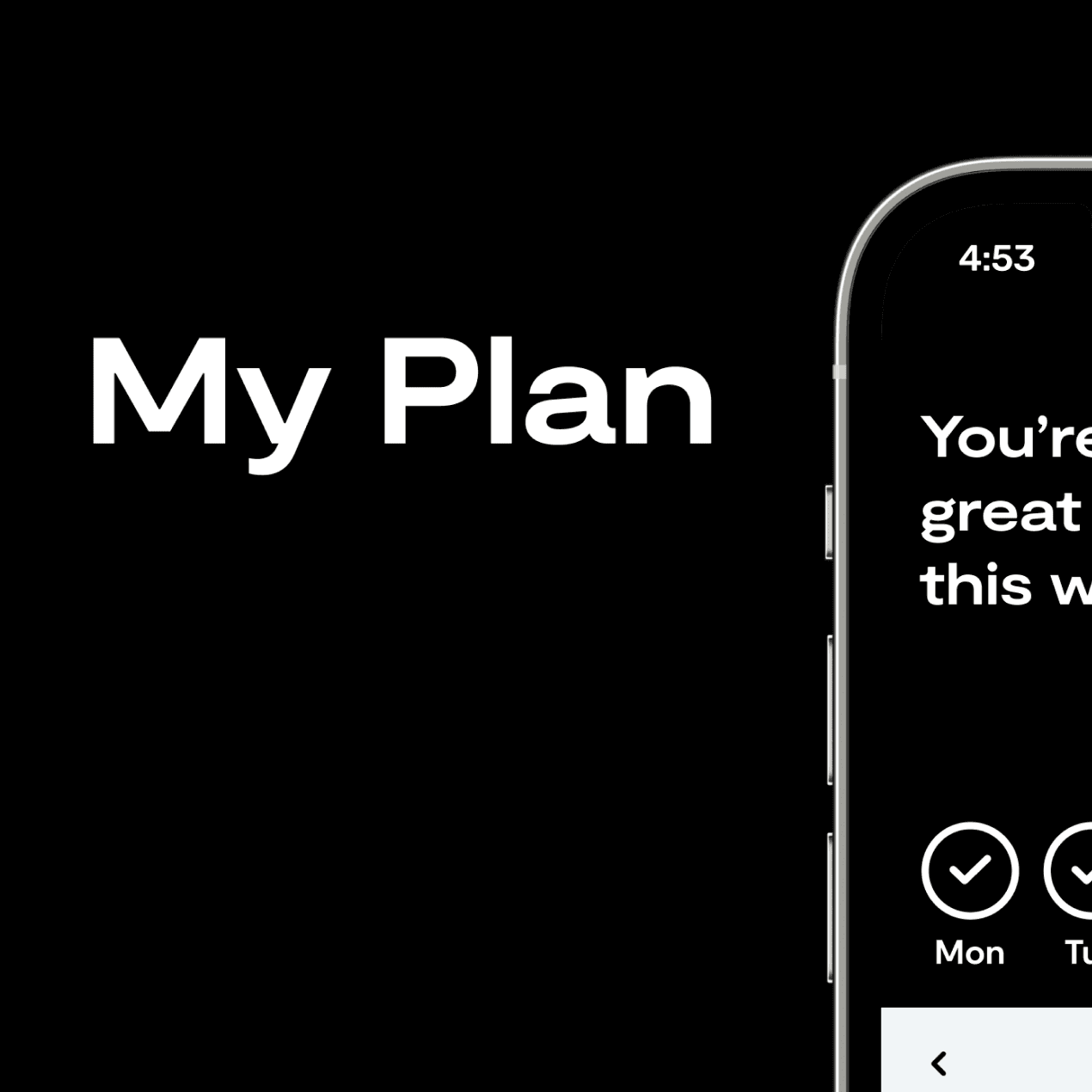Getting your heart rate up while you exercise is unavoidable. However, knowing how much to elevate your heart rate is crucial to getting the most out of your workout. That’s where heart rate training comes in.
Heart rate training means that you’re using your heart rate (duh) as a guide for how intensely to approach not only a workout but the different stages of a workout.
For instance, if
you’re a sprinter, your heart will likely be beating more slowly during a warm-up than it would during the race itself. Obviously pushing your heart rate to a race pace starting at the warm-up isn’t advisable because it’s not sustainable and will hurt your overall performance. Conversely, trying to do a sprint while trying to maintain a lower heart rate won’t provide much benefit either. The idea isn’t to train solely by pace or duration, but rather by the appropriate intensity.
By using your heart rate as a barometer, you not only better understand how you should be training, but getting the most benefit from your workouts, too.
This is a huge reason why heart rate is a major component of a variety of Tempo classes. Heart rate training makes the sweat worthwhile and teaches you a lot about your body and your personal thresholds.
How Training Your Heart Rate Affects VO2 Max
“The ‘why’ behind heart rate training is really increasing V̇O2 max and cardiovascular fitness,” Dr. Joel French, Head of Exercise Science at Tempo explained.
V̇O2 max is the maximum rate of oxygen consumption during incrementally increasing exercise.
“V̇O2 max is the number one health and mortality and endurance performance predictor,” Dr. French said. “Higher V̇O2 max also equals a higher calorie burn per workout, which means faster weight-loss.”
Know Your Target HR Zones
Heart rate training is done by looking at your different heart rate zones. Like you’d see in a Tempo class, your heart rate can be divided into five different zones all based on a certain percentage of your maximum heart rate (we’ll get to that soon).
Zone 1: Very light, 50 percent to 60% of MHR
Zone 2: Light, 60 percent to 70% of MHR
Zone 3: Moderate, 70 percent to 80% of MHR
Zone 4: Hard, 80 percent to 90% of MHR
Zone 5: Very hard, 90 percent to 100% of MHR
Each of these zones provides different benefits when it comes to training and you’ll definitely feel the difference.
✓ Zone 1: You’re likely taking an easy walk, warming-up, or cooling down. While it’s not a bad place to be, you won’t be getting a lot of cardiovascular benefit from this zone.
✓ Zone 2: You’ll mostly be here while doing something steady-state like a leisurely run. In this zone, you’ll enjoy some cardiovascular conditioning while burning calories.
✓ Zone 3: Here you’ll be pushing it a bit harder and breathing heavy. This zone is where you’ll be improving your endurance threshold and increasing your stamina.
✓ Zone 4: You’re pouring on the intensity and huffing and puffing to the point where you can’t speak in full sentences. In this zone, you’re increasing your anaerobic capacity (think high intensity exercise that requires more oxygen than you’re actually using).
✓ Zone 5: In this zone you’re at your max. You couldn’t push any harder even if you wanted to and you shouldn’t be able to stay in this zone for longer than a minute or two and will require recovery right after.
“Getting into zones that challenge the body such as zones 3 and 5 increase your V̇O2 max. You get more bang for your buck with
HIIT workouts — for instance, 2-4 minutes in zones 4-5, alternating with a minute or two of recovery in zone 2 — versus steady-state or tempo work or 30-40 minutes at a steady heart rate in zone 3.” Dr. French said.
And remember, as much value as there is in knowing how to increase your heart rate, knowing how to decrease it is just as important. Teaching your body how to properly recover from a tough workout means that you’ll be able to hit it just as hard the next time around.
How to Get Started: HIIT & Resistance Training
There are a variety of ways to get your heart pumping, whether its resistance training or
HIIT (high intensity interval training), training just certain muscle groups or having a total body workout can be effective.
Resistance training and HIIT are both especially helpful for heart rate training because you can pinpoint when and how your heart rate spikes and dips when you're repping out back squats or doing a round of burpees.
If you’re new to heart rate training, remember to take things slow at the onset. Not everyone will be ready to get their heart rates into the higher zones without conditioning in lower ones first.
Not sure how to get started? Tempo athletes will have a variety of classes to choose from that will be strength-based and HIIT-focused; the latter is a particularly great way to gain a better understanding of how you feel at different heart rate zones as you can be in zone 1 while resting and potentially up to your zone 5 if you push yourself hard enough.
Tempo athletes should look into any classes that are labeled “Shred” or our shorter two-week Coaches’ Challenge Series, both of which will put you through the ringer of HIIT classes and metabolic conditioning.
How To Track Your Heart Rate
Heart rate training is pointless if you don’t know which heart rate zones.
Tempo comes with an included heart rate monitor that can be worn around your arm. If you need a monitor of your own, it’s recommended to get one that can also be worn around your arm or around your chest. Generally, wrist-worn monitors or wearables are not as accurate.
Here’s how to determine your heart rate using a monitor according to Dr. French:
- Pick your favorite cardio option whether that’s biking, running, etc.
- Next, warm up for a couple minutes
- Increase your intensity, whether that’s speed, frade, pace, or watts gradually every two minutes until you can't go any longer. That's your max heart rate.
Once you’ve determined your max heart rate, you’ll be able to calculate your different zones. For Tempo athletes, the Tempo will be able to automatically tell you what your heart rate is in real time to ensure that you’re working in the prescribed zone told you to by our coaches.
The Bottom Line
Is it heart rate training required to workout? Not at all. However, will you be able to train harder and smarter with heart rate training? Definitely.
And that isn’t to say that heart rate is the only thing you should be tracking either. When it comes to your fitness, it’s about actionable data, which is why Tempo — in addition to your heart rate zones — will also track your
pace, reps, and most importantly your form in real-time. Working hard isn’t as effective when you don’t know how to work hard.


